One of the most common questions I get asked is “how long should I hold a yoga pose?” The answer isn’t a one-size-fits-all response, BUT it can be simplified depending on the goals of your workout, your fitness level, and a few other minor factors.
In this blog, I’ll cover:
- What Are The Goals of Your Workout?
- Other Factors to Consider When Deciding Hold Times
- How to Modify A Yoga Pose for You
- Types of Yoga You’re Practicing
- Final Thoughts
What Are The Goals of Your Workout?
The goals of your yoga routine for the day plays a big part in deciding hold times. You can be doing yoga as a warm-up, for strength, recovery, increasing flexibility, or even for a quick energy boost. All of these utilize different hold times from short to long.
But how is hold time counted in yoga?
It’s usually counted in breaths:
- A short hold time is about 3 breaths.
- A medium hold time is about 5 breaths
- A long hold time is 8+ breaths
However, breath times differ from person to person. Some people have 6-second breaths with 3-second inhales & 3-second exhales. While others have 10-second breaths, which you should be striving for.
Goals & Benefits of Short Hold Times
Short hold times are great for introducing movement into your body, warming up both muscles and the mind. So if you want a quick workout for your entire body to boost energy and work out some minor kinks, then short hold times are a great option.
You’ll hold poses for about 3-5 breaths, depending on how much muscle activation you want.
Benefits of Short Hold Times:
- Warm-up / Muscle Activation – Active yoga poses and twists are great for introducing movement and training muscle activation for more intense workouts like dead-lifts or squats. With a proper warm-up, you’ll perform these exercises better and with a lower risk of injury.
- Quick Energy Boost – Even short holds with chest opening poses can give you the energy boost you need. These poses stimulate your sympathetic nervous system (the flight or fight response), which gives you a natural way of increasing your energy levels.
- Less Endurance Work – Short hold times won’t challenge your muscle endurance, so if you’re feeling sore – you can still get a workout in while working out minor kinks to help with recovery.
Goals & Benefits of Long Hold Times
Longer hold times can be utilized for two different goals. The 1st is to build strength, muscle endurance, body awareness, and better muscle activation. The 2nd is for recovery and passive flexibility.
If you’re doing yoga for strength and endurance elements, hold times will be more dependent on the difficulty of the pose. Generally speaking, hold times of 3-6 ten-second breaths are what you’re looking for, which is about 30 seconds or 1-minute of hold time. Usually, you should be aiming for 1-minute hold times with these challenging poses for maximum benefits.
Longer hold times combined with proper technique and breathing leads to a lot of benefits including:
- It’s Great Standalone Workout – Long hold times challenge your strength and muscle endurance to effectively build lean muscle.
- Builds Strength & Endurance – Long hold times help you develop the muscle activation needed to hold more intense postures that require more strength and active mobility.
- Training Balance – Holding a pose longer starts to challenge your balance as your muscles become fatigued.
- Improves Technique & Body Awareness – Long hold times improve your technique by building better body awareness in the pose. The longer you hold a posture; the more muscle fibers are activated, which leads to better muscle activation.
- Builds Mobility – Staying in an engaged pose for longer results in stretching the antagonistic muscles of the current pose, improving your flexibility & mobility.
If you’re using yoga for recovery-focused elements (Yin Yoga), long hold times as short as 1 minute and up to 5-minutes can be used. So, that’s about 6 ten-second breaths or 30 ten-second breaths. Since these poses are more focused on relieving tension and passively stretching your body, you won’t be shaking and sweating too much.
The longer hold times with restorative yoga are great if you want significant immediate improvement in the following:
- Relieve Muscle Soreness
- Relives Tension
- Pain Relief
- Recovery Quicker From Other Workouts
- Improves Flexibility
Other Factors to Consider When Deciding Hold Times
How Are You Feeling: Physically & Mentally?
We aren’t built like machines that can endlessly repeat strenuous tasks. So one important question to ask yourself before a workout is: “How am I feeling?”
Take into account how your body is feeling, noticing any muscle soreness, joint discomfort, or pain. Maybe you really pushed yourself yesterday but still want to workout today.
Not every workout needs to be a butt-busting, sweat-drenching, challenging time. It’s perfectly okay to take a step back and go easy on yourself. Getting up and exercising is already a major accomplishment.
However, if you’re feeling tired, unmotivated, or even sluggish, it’s perfectly okay to hold poses for less time. Maybe 3 breaths in a pose is all you want. Remember small accomplishments are still accomplishments. Even a short routine with short holds gives you more physical and mental benefits than if you were just lazing around.
What’s Your Fitness Level?
Hold times are also very dependent on your existing physical abilities. If you’ve never really exercised or haven’t in a long period of time, your ability to hold challenging poses will be drastically different than someone who has been training consistently.
This doesn’t mean you’re not progressing or bad at yoga. Everyone starts somewhere and it’s the journey that matters not just the goal. As long as you are feeling like you’re progressing by gaining more strength, flexibility, mobility, and ultimately confidence – I say you’re doing great!
How Hard Is The Pose?
The pose itself also affects the hold time. Some poses by nature are just extremely difficult and no matter how strong you are – they’re still hard to hold for long. For example, holding a dolphin pose is drastically more challenging than a mountain pose.
If you’re pushing yourself as hard as you can holding dolphin, you might only last 20 seconds or 2-breaths. While in mountain pose, you can probably stand there for 2-3 minutes without breaking a sweat.
Age Matters
Your age also plays a significant role in your hold times. If you haven’t been keeping up with your strength and mobility, some poses can be very taxing and difficult. For example, rushing into a one-legged balance might be too difficult, so holding it for less time or using a wall for assistance is advised.
How to Modify A Yoga Pose for You
Almost every yoga pose, calisthenics exercise, or movement can be modified to fit your fitness level so you can manage a longer hold time WITHOUT sacrificing form, which can lead to injury.
Most poses are modified using the concept of weight distribution and levers. Essentially levers consist of 3 main components: the pivot (usually one of your points of contact to the ground), the effort force (your muscles), and the resistance (that darn gravity). Modifications using your body works by moving the pivot point or changing the length of the lever – resulting in an easier or harder variation.
To make it easier to understand here’s an example:
In a plank, the pivot can be either your knees or feet. As you move the pivot point towards your feet, your body has to work harder to support more weight as the lever gets longer – making the pose harder. If you want more information on the plank’s mechanisms & levers check out Calimove’s video on the subject.
Here’s another example where there’s only one major contact point:
As you can see, your hips are the main pivot point in this supine leg raise. As you continue to extend your legs, the lever is lengthened, making it more difficult.
You can take this concept of levers and apply it to nearly every pose to modify it to your level, so you don’t have to sacrifice form. This means not sinking as deeply into a squat hold, letting your back-knee down on a lunge, and so on.
However, if flexibility is your main problem, then props can be your best friend. Cork blocks, straps, and even rolled up blankets, can help you hold poses longer by bringing the ground or your own body into a reachable space.
Looking For A Program?
If you’re interested in starting a yoga program with Man Flow Yoga to gain strength, flexibility, and mobility, BUT you’re not sure if it’s for you, we got you covered. Give our FREE 7-Day Challenge a try. Sign-up below! Signup for the FREE 7-Day Challenge
Types of Yoga You’re Practicing
Now that you understand the factors of hold times that are dependent on YOU, let’s take a look at the factors that depend on the particular style of yoga. Each style of yoga and each instructor will often lean towards different hold times.
When Practicing Strength-Based Yoga
Strength-based yoga such as Man Flow Yoga is structured around building strength, mobility, and flexibility through active postures. So, for this to happen longer hold times are needed.
There’s a big reason for this. As you hold a challenging position such as a plank, your muscles will fatigue, and your body will recruit deeper muscle fibers – thus developing more muscular strength and endurance.
Shorter hold times won’t have the same effect, because they don’t develop the same amount of engagement and fatigue needed to facilitate that level of muscle growth.
Along with that, longer hold times in strength-based yoga are much more effective at building your body awareness. By staying longer in a pose, you’ll start to notice more things such as imbalances, weaknesses, and limitations in your body.
When Practicing Restorative Yoga (Yin Yoga)
Restorative yoga also aims for longer hold times as long as 5-minutes or as short as 1-minute, because this form of yoga is meant to stretch your muscles, connective tissues, and open up space in your joint capsules.
For that to happen, longer hold times are needed to relax and loosen your muscles. Only after that will your connective tissues and joint capsules start to also stretch and develop space.
When Practicing Vinyasa Yoga
This style of yoga is more focused on the movement between poses, so you’ll only spend one to two breaths in each pose.
Think of this as the cardio of the yoga world. You’ll be constantly moving through a cycle of poses to form a “flow.”
In order to do this, each hold is usually held for a short amount of time.
Final Thoughts
How long you should hold a yoga pose is dependent on what you’re trying to achieve based on your goals, limitations, and the style of yoga you’re practicing. But no matter how long you’re holding a pose, you should aim for correct body alignment and posture to avoid any injuries.
Remember short hold times are great used as a warm-up or to give you an energy boost. On the other hand, longer hold times can be used in two ways – strength work or recovery work.
Long hold times for strength & endurance are great for being a standalone workout that’ll help you develop muscle, active mobility, and improve your technique. Long hold times paired with recovery focused yoga are great for relieving muscle soreness, recovering quicker, and improving your flexibility.
Hope this answered your “how long should I hold this pose” question. Leave any questions in the comments!
Keep practicing,
Dean
Additional Resources
About the author, Dean Pohlman, Founder & CEO of Man Flow Yoga, Author of Yoga Fitness for Men, Expert on Yoga Fitness for Men.
Looking for non-spiritual, yoga for men workouts?
Learn More About Man Flow Yoga and how it can help you with your fitness goals:
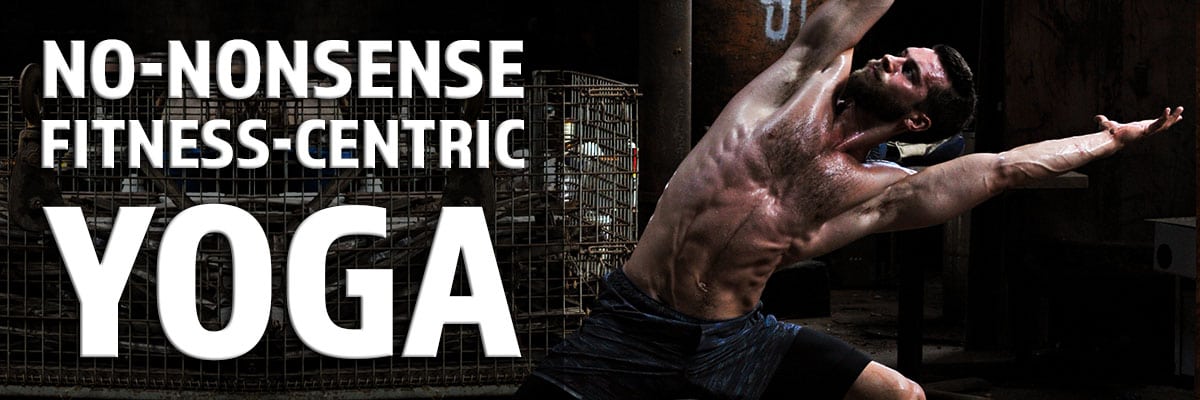 Join Today for Instant Access!
Join Today for Instant Access!
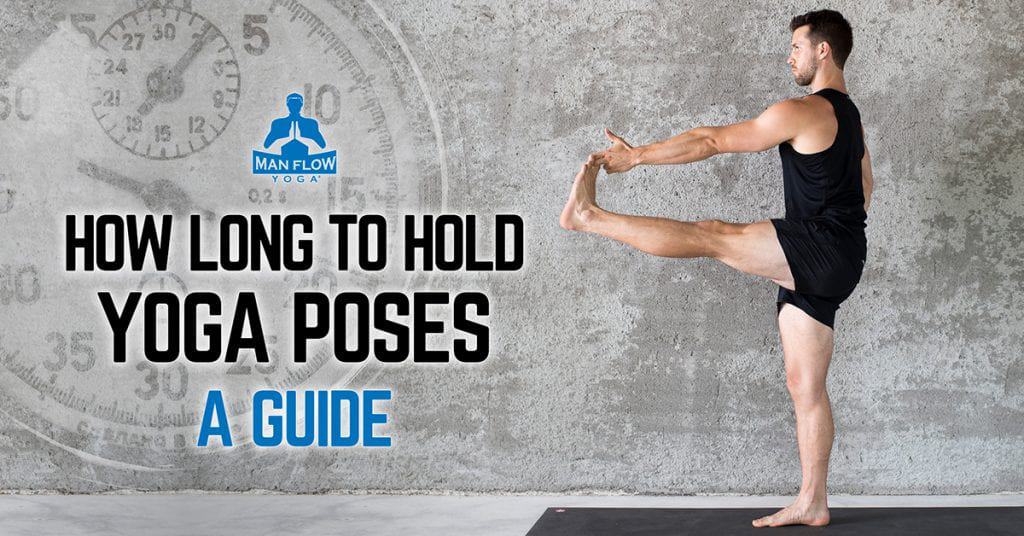

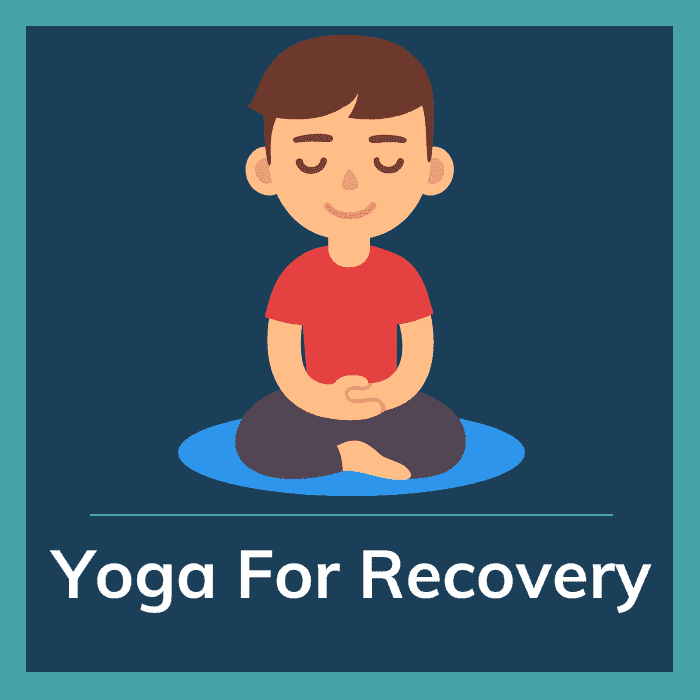
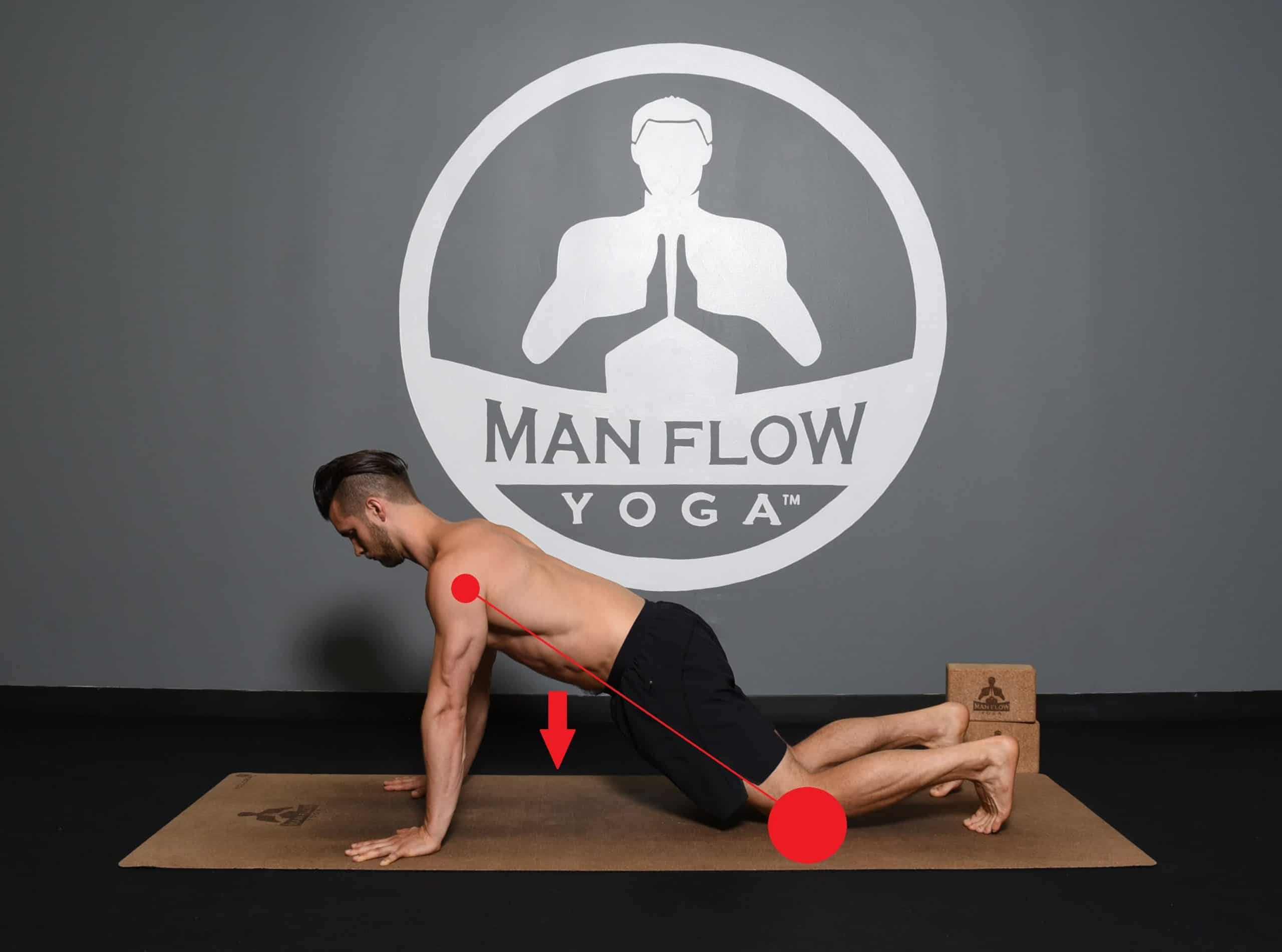
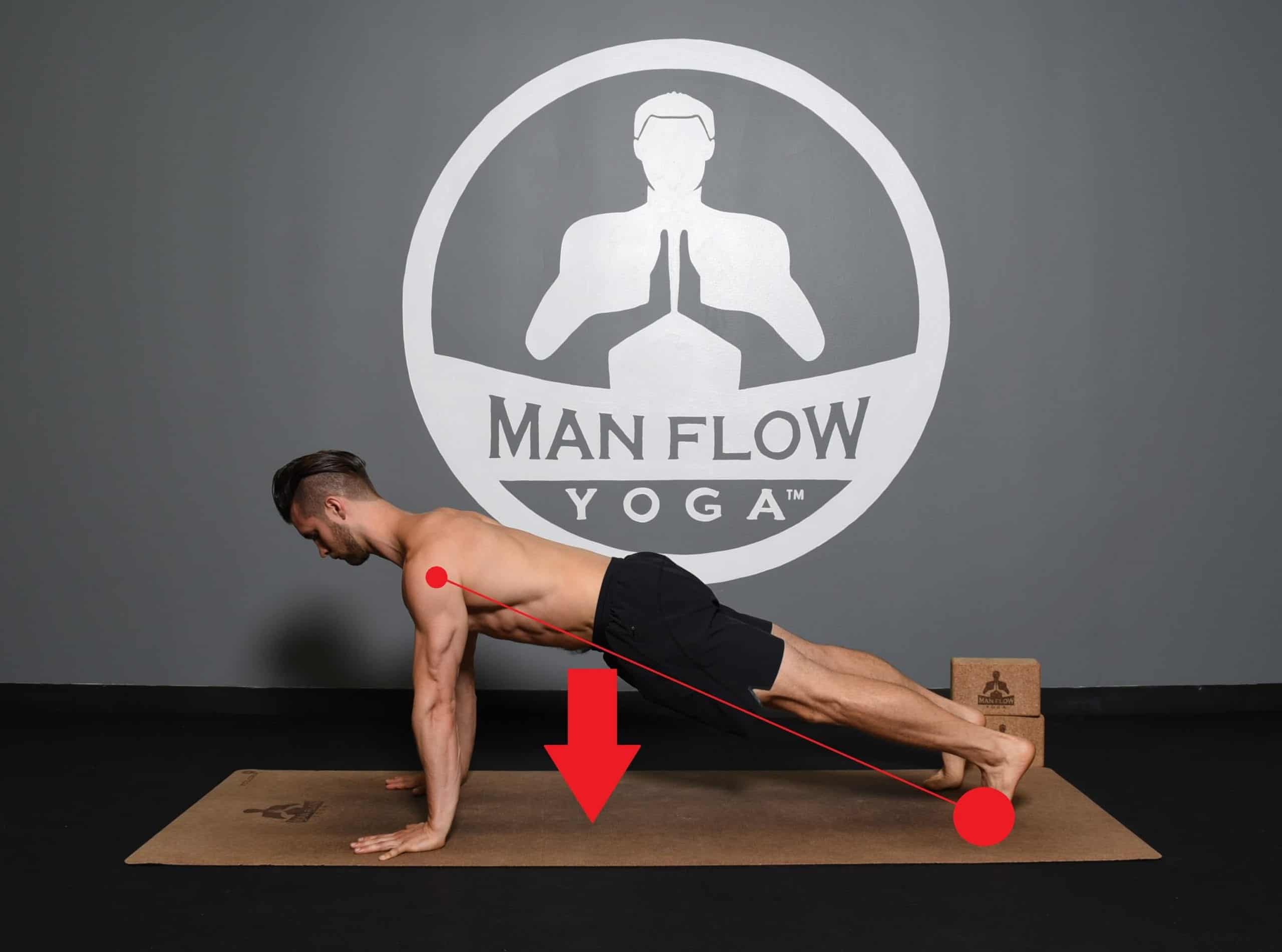
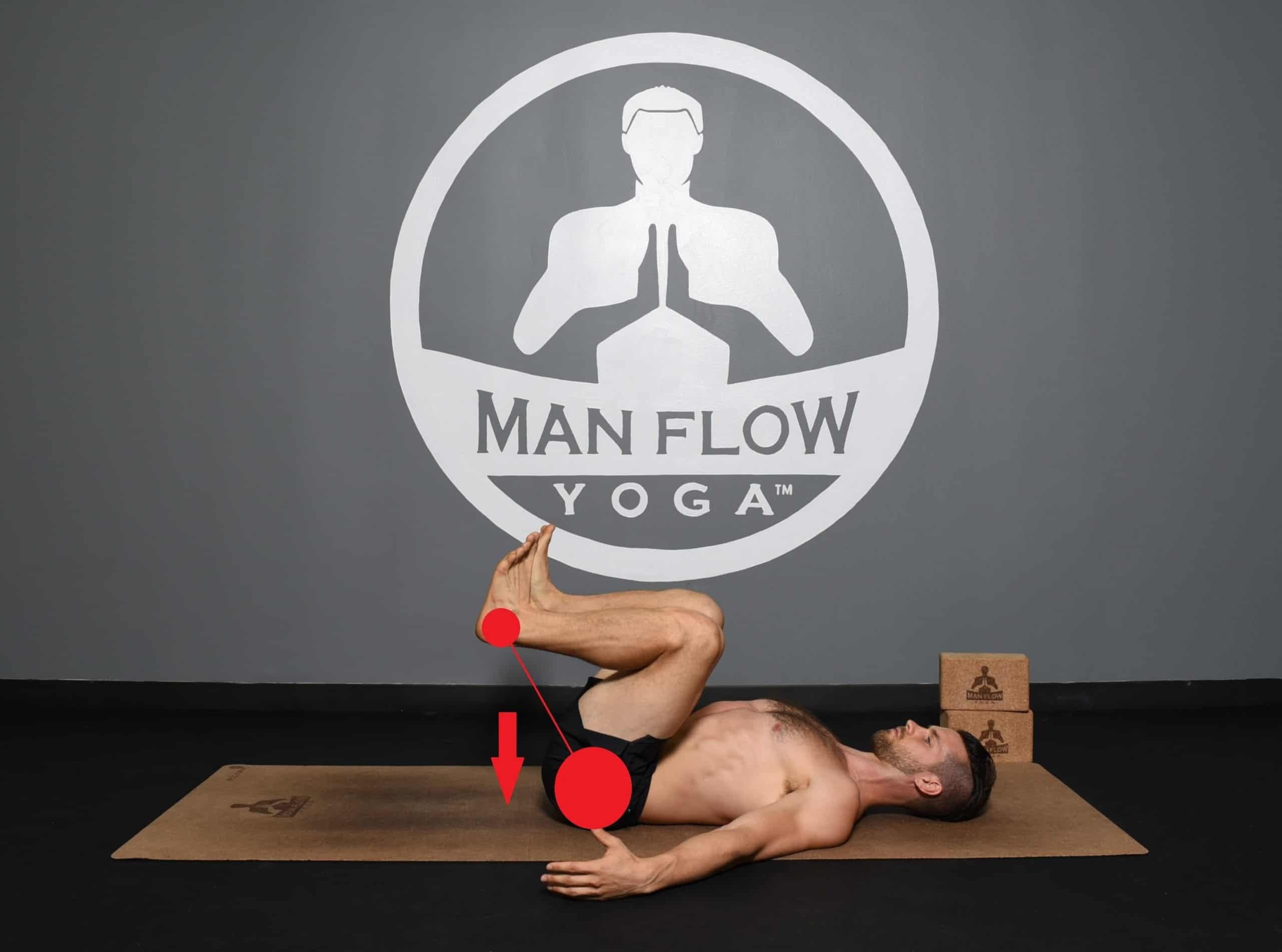
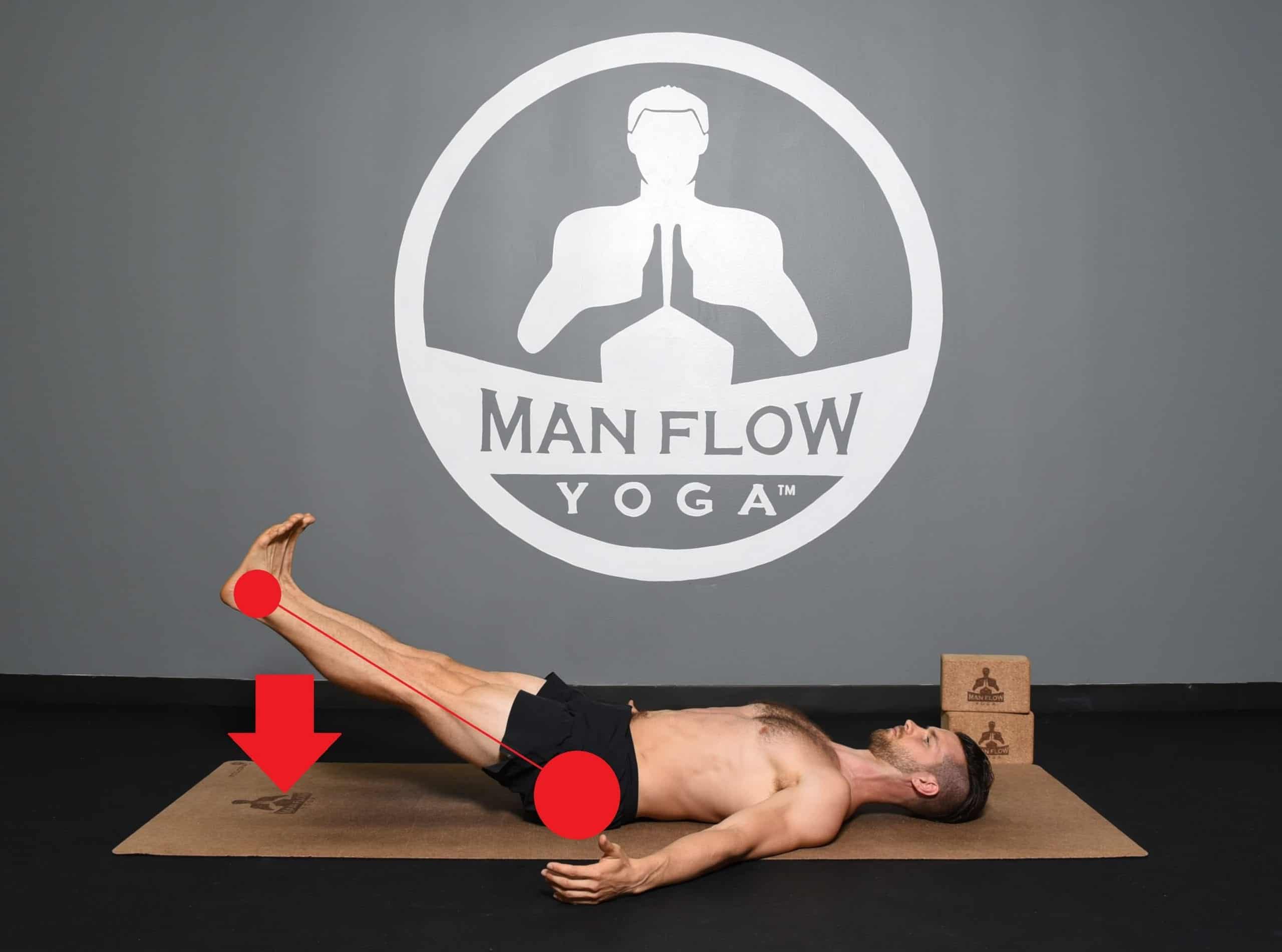

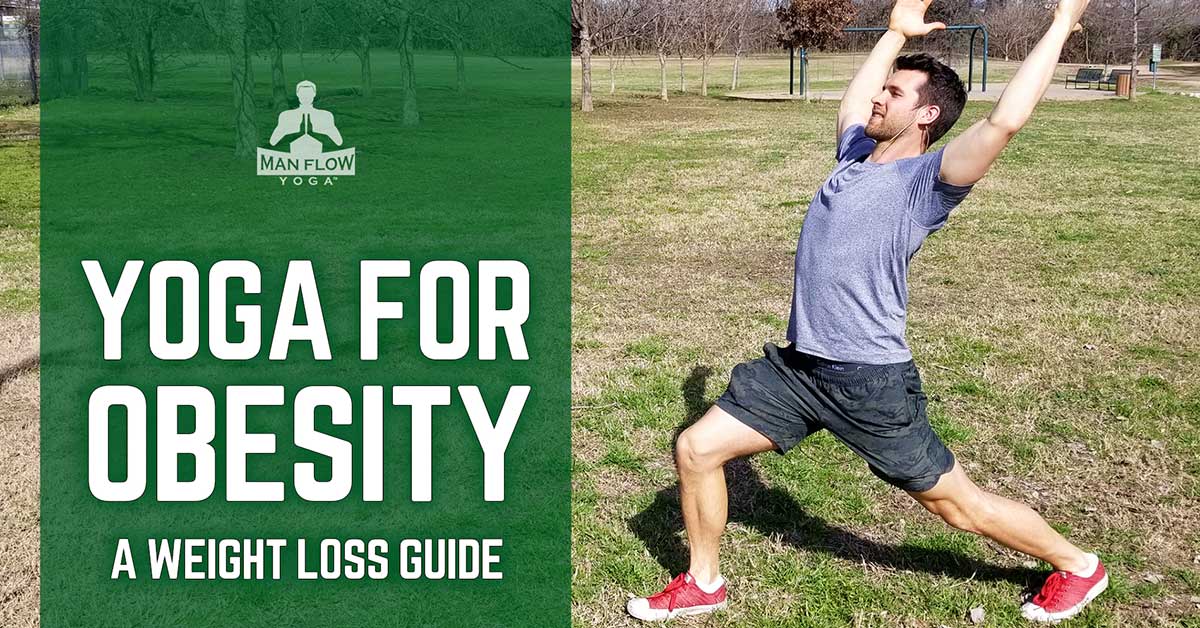
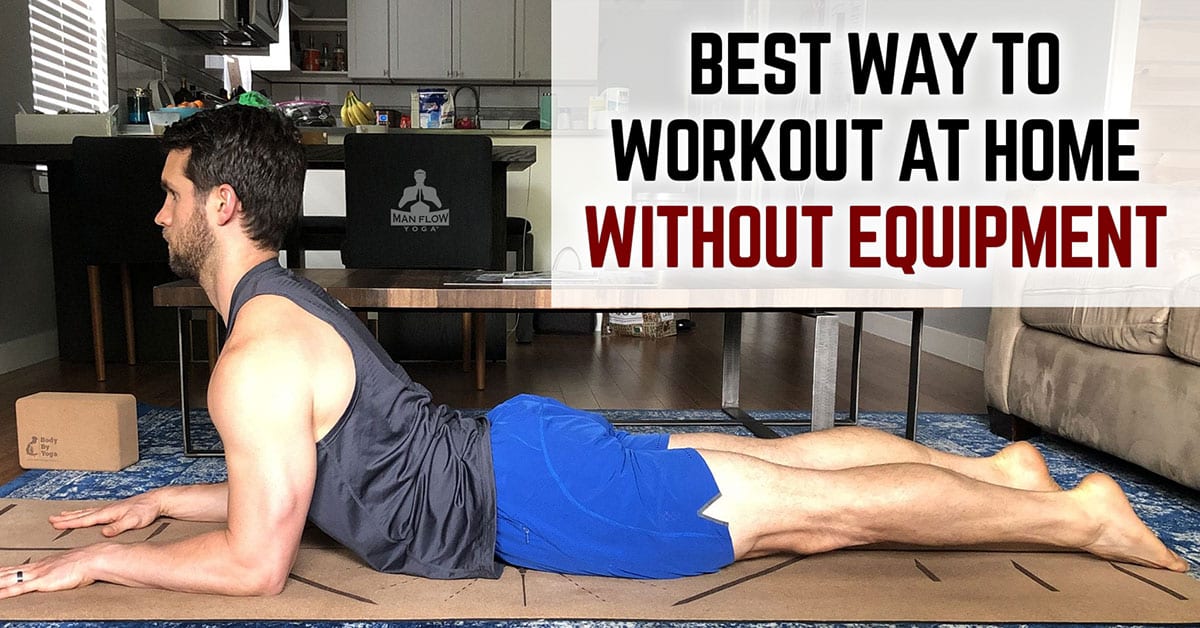
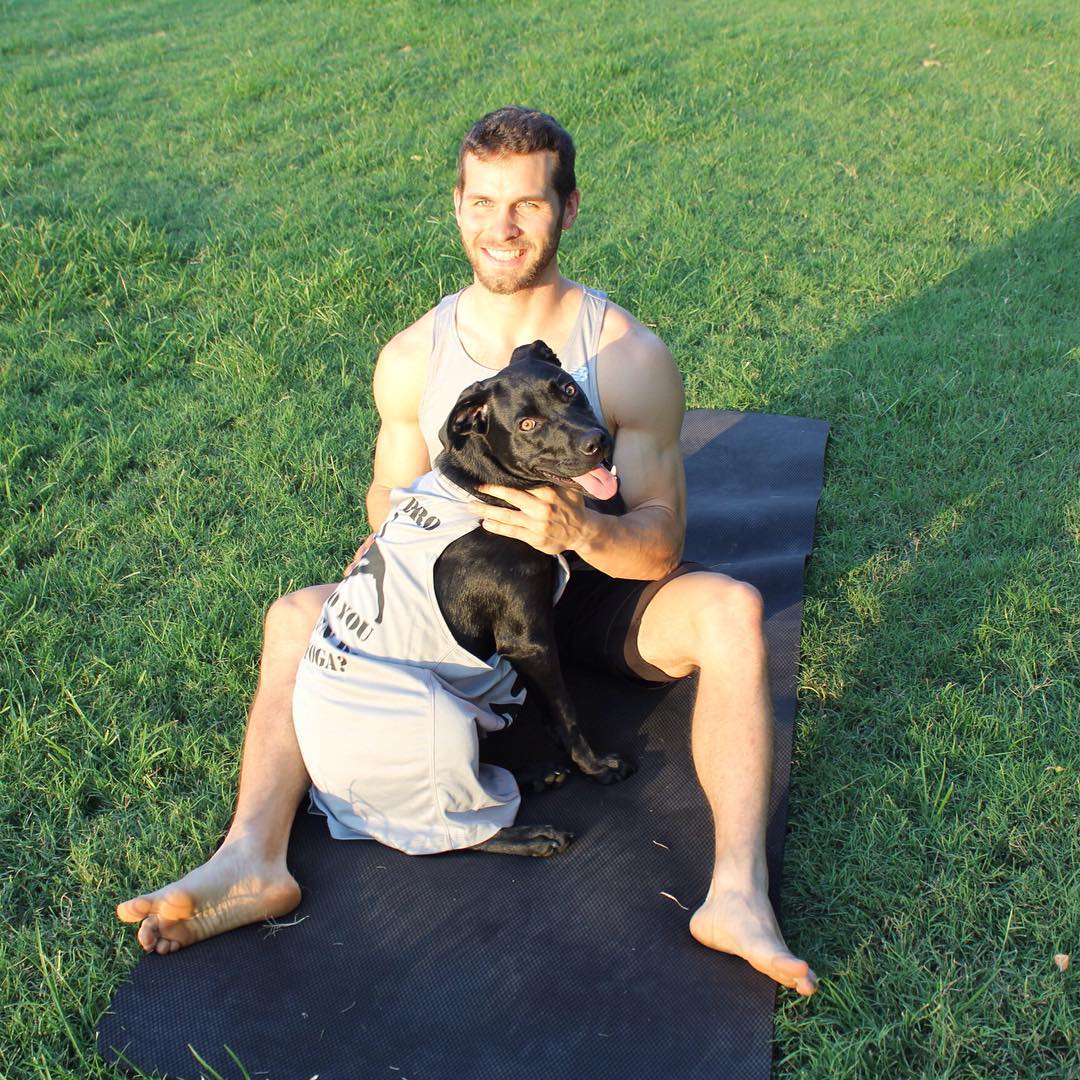
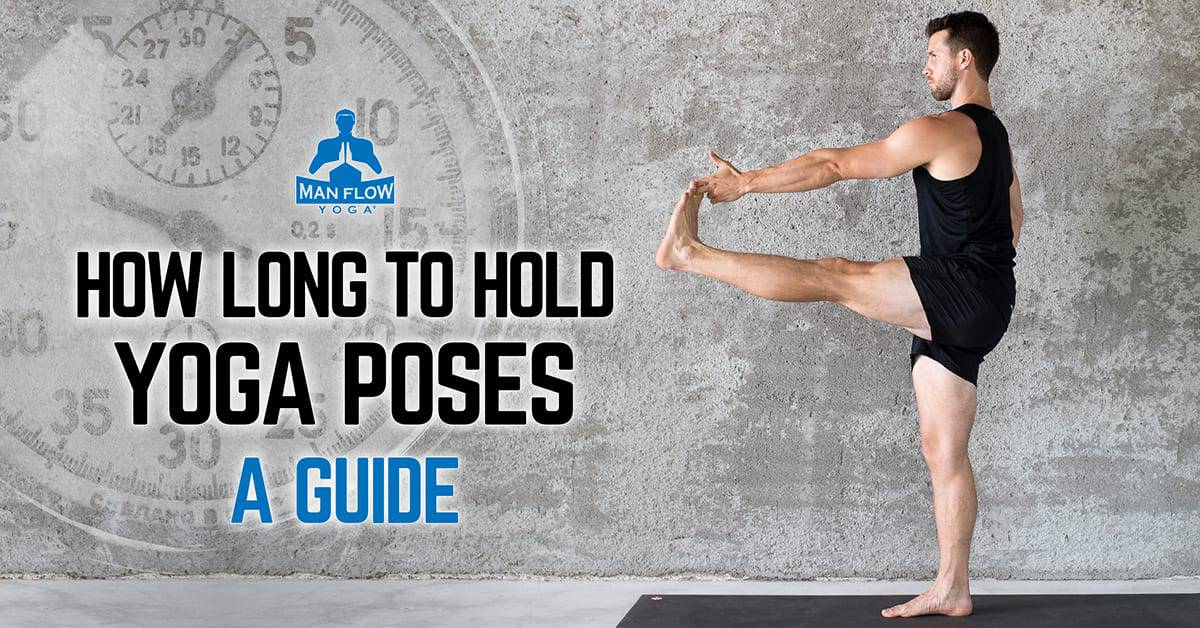

Hey Dean, thanks for sharing the information. I have always been confused about the same: should I wait for 10 sec or a certain number of breaths or counts. This will definitely help.